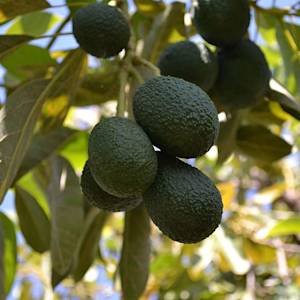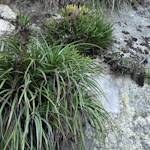St. Helena Ebony Tree, Trochetiopsis melanoxylon
Extinct 1790 CE • St. Helena
Trochetiopsis melanoxylon was endemic to St. Helena, a volcanic island in the South Atlantic Ocean. The plant was first collected by Joseph Banks and Daniel Solander in 1771, and has never been seen again, the first, of many, extinctions that took place on the island. The Island's native vegetation was first threatened by the introduction of goats by the Portuguese in 1502; by 1588, mile-long flocks of goats were documented. The ecology was further degraded by the first permanent settlement of the English East India Company in 1659; whatever plants that had survived the grazing of the goats, were then felled for fire and timber.
Lambdon, Phil, and Quentin Cronk. “Extinction Dynamics Under Extreme Conservation Threat: The Flora of St Helena.” Frontiers in Ecology and Evolution, vol. 8, 2020. Crossref, doi:10.3389/fevo.2020.00041.
St. Helena: a physical, historical, and topographical description of the island. The botanical plates from original drawings by Mrs. J. C. Melliss. public domain via wikimedia commons.


Learn about Maya Lin’s fifth and final memorial: a multi-platform science based artwork that presents an ecological history of our world - past, present, and future.

Discover ecological histories and stories of former abundance, loss, and recovery on the map of memory.

Learn how we can reduce our emissions and protect and restore species and habitats – around the world.

See how art can help us rethink the problems we face, and give us hope that each one of us can make a difference.

Help make a global memorial something personal and close to home. Share your stories of the natural world.


